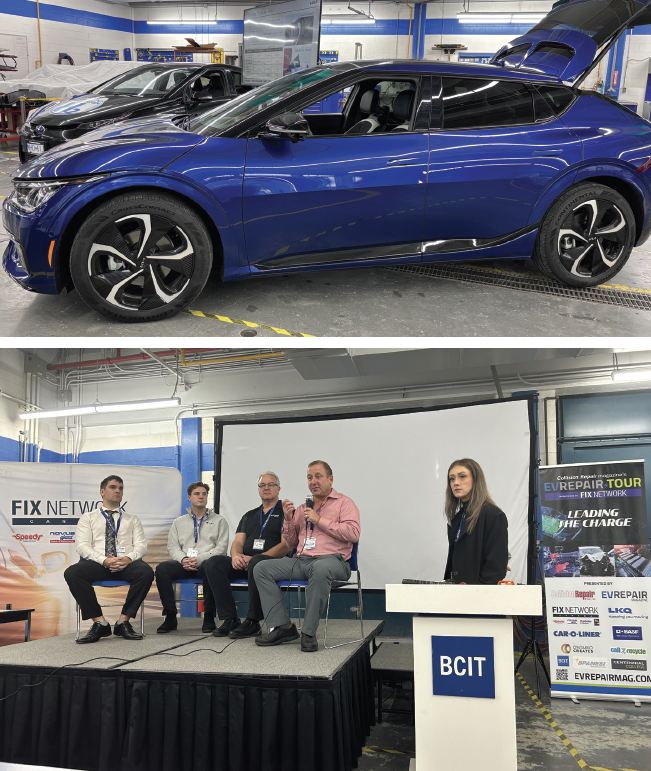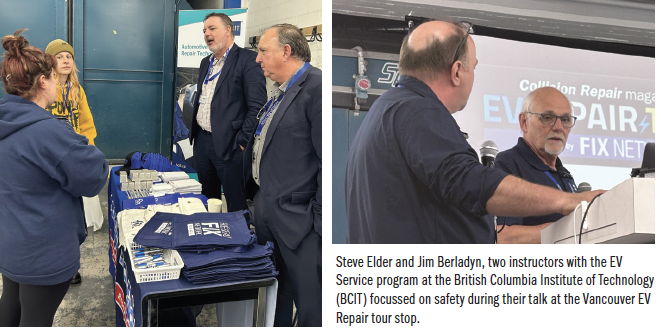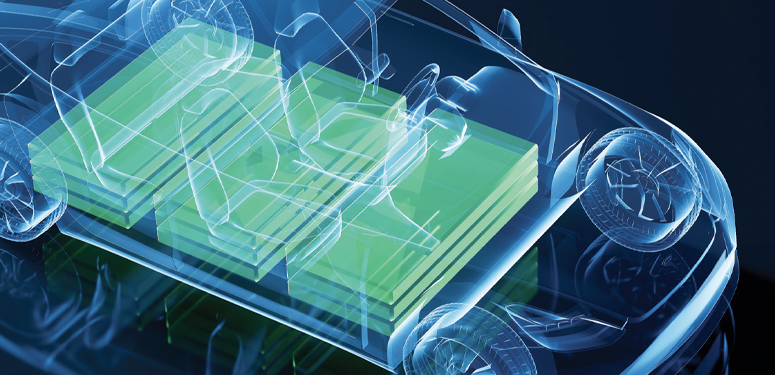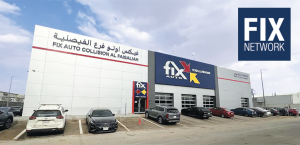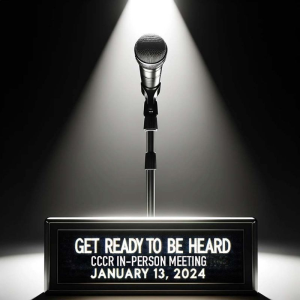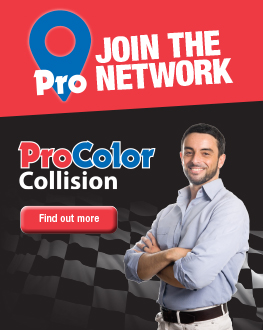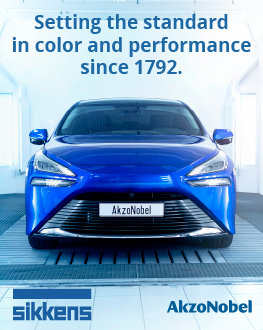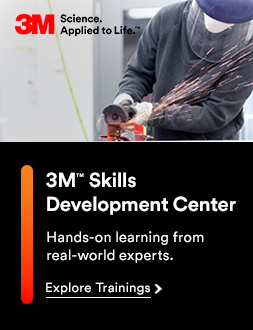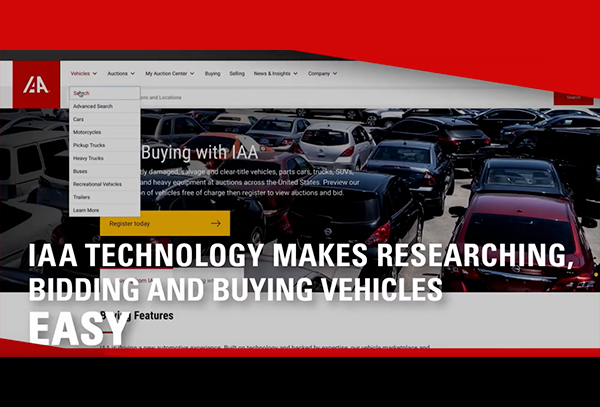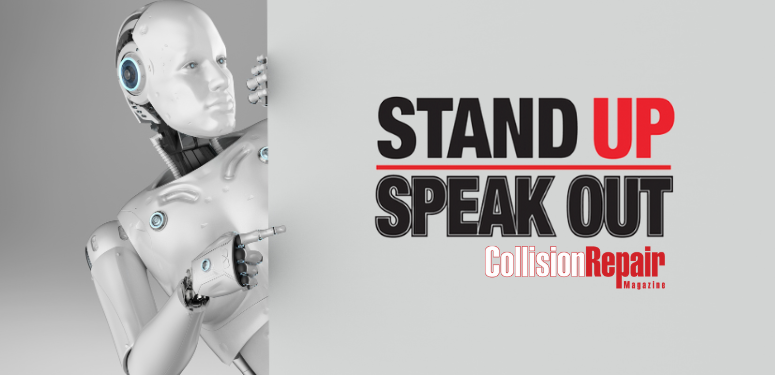EV Repair Tour, supported by Fix Network, brings electrified collision insight across Canada
By ALLISON ROGERS
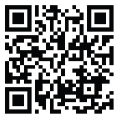 Collision Repair magazine recently took its EV Repair Tour, supported by Fix Network, across Canada, where hundreds of the industry’s professionals turned up to show their dedication to vehicle electrification and the complex repairs that accompany such a move.
Collision Repair magazine recently took its EV Repair Tour, supported by Fix Network, across Canada, where hundreds of the industry’s professionals turned up to show their dedication to vehicle electrification and the complex repairs that accompany such a move.
Each event featured a different panel of speakers, with content specifically catered to each collision repair market. Stops included Toronto, Ontario; Saskatoon, Saskatchewan; Calgary, Alberta; and Vancouver, British Columbia. We’ve collected a scrapbook of highlights from the cross-country tour—and all the video footage is available on our YouTube channel at www.youtube.com/@collisionrepair or scan the QR code.
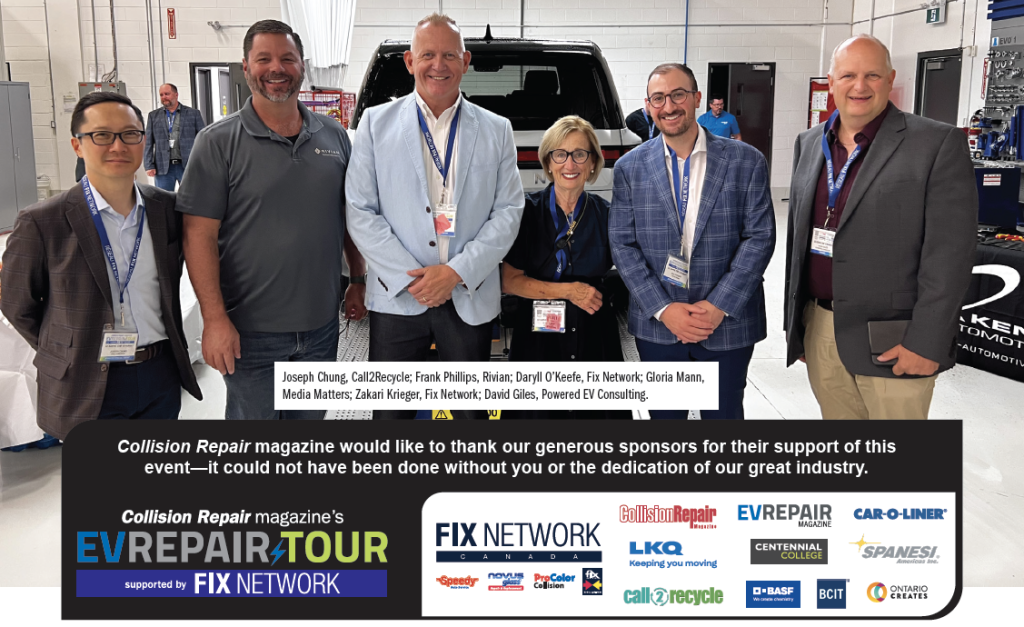
TORONTO
Policy can change everything—just look to New Zealand for proof of how electric vehicles can completely alter the aftermarket. A featured speaker at Collision Repair magazine’s EV Repair Tour, supported by Fix Network, Martyn Johns, NAPA/UAP’s national director of emerging technologies, delivered a wake-up call presentation, where he called on collision repair centres to start preparing for vehicle electrification immediately.
During his discussion, Johns noted the New Zealand government’s “overnight” decision to introduce a $8,000 subsidy for hybrid or electric vehicles less than four years old. Used electric vehicles were accepted under the change, prompting a massive wave of imports from the Chinese EV market. “In the last 18 months, 40 percent of the vehicles sold in New Zealand’s market were used hybrid or electric vehicles, about three years old, imported from China.” “Their aftermarket got demolished in about 12 months. Not one technician—nobody— was ready.”
There are a host of challenges that come with a spontaneous shift to electrification. Alan McClelland–who has spent more than 20 years as an educator in the college system in both British Columbia and Ontario, as well as over a decade in corporate automotive training–outlined two main issues in his conversation on readying for the “tipping point” of change in the automotive industry over the coming years: the increased specificity of training and the need for overall industry collaboration.
McClelland noted that “technology is driving change and so training needs to be as well.”
“More specialized tech [also] makes it harder to attract people to the industry,” and this difficulty is complemented by an increasing shortage of high school students entering automotive trades as the Canadian population continues to decline.
On this note, McClelland also noted that everyone in the automotive industry can play an important role in developing the curriculums they want to see since the “industry has a large part in where that goes” and should be vocal when curriculums are being updated.
Even still, the chances of an automotive technician servicing or repairing a high-voltage battery in a modern vehicle today are very, very low, electric vehicle expert David Giles told the Toronto crowd.
“The elephant in the room with electric vehicles is the high-voltage systems. Everybody is fearful of those words,” said Giles, who has worked with high-voltage technologies since 2004 and currently serves as president of Powered EV Consulting.
“I’ll tell you right now—the likelihood of you fixing a high voltage battery in a modern vehicle, today, is very, very low.”
He continued, adding that one of the reasons you won’t have your hands on batteries anytime soon is because battery technology today is “very good.”
“Battery rebuilding is very limited today. [EV] batteries have eight-year warranties; if you’re looking for worn-out batteries so you can offer services to rebuild them…well, it’s going to be a long time.”
Joseph Chung of Call2Recycle, which fields battery recovery, reuse and end-oflife processes across Canada, echoed Giles’ sentiments, adding that it’s not all “doom and gloom” when it comes to rechargeable battery safety and recovery “if you take precautions.”
From an environmental standpoint, Chung discussed the long-term importance of creating a “circular economy” of resources, since the lithium and precious metals found in rechargeable batteries are so often finite and recovering them can help to establish a continuous cycle of battery production.
TORONTO KEY TAKEAWAYS:
Things can change overnight. You may not have an EV in your shop today—but you might tomorrow, depending on the government’s spur-of-the-moment mandates (i.e. EV incentives). Even still, you probably won’t see an EV battery in your shop, unless it’s a super-severe collision. They’re built deep into the framework of the car and built to outlast the vehicle themselves, in some cases. That’s why it’s so important we develop a circular economy.
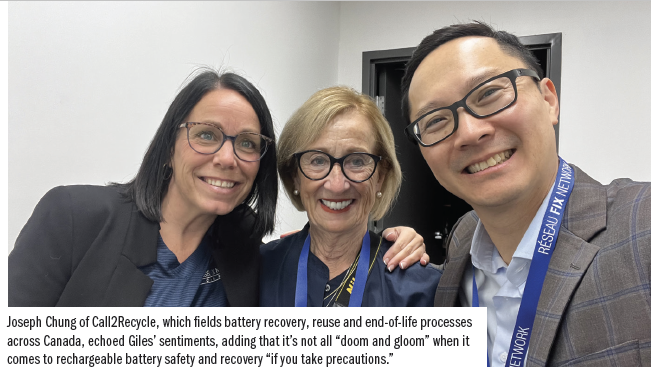
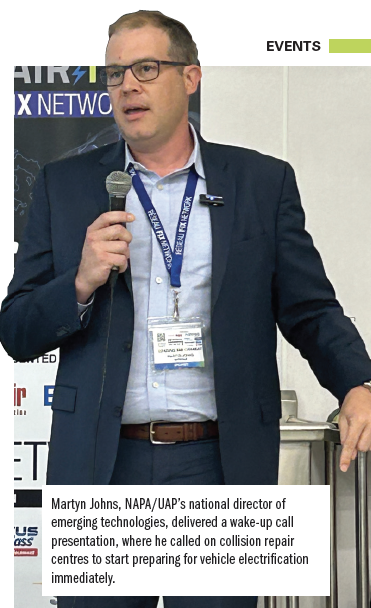
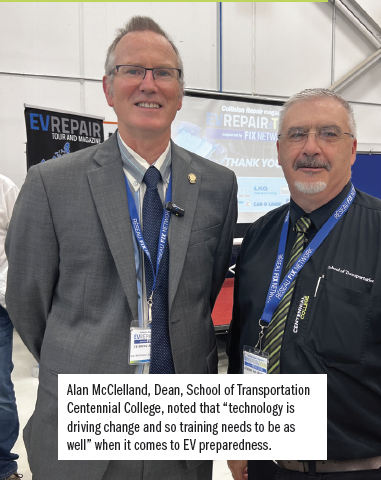
SASKATOON
The EV Repair Tour stopped in Saskatoon, Saskatchewan in early September as part of the Saskatchewan Association of Automotive Repairers (SAAR) Fall event. In a halfhour presentation to an audience of mostly independent shopowners from across the province, Kim Kos, general manager of Kavia Auto Body, and Scott Kucharyshen, program director for Saskatchewan Polytechnic’s Auto Body program, delivered their insights on EV repair in Saskatchewan, from money- making opportunities to future-proofed training efforts.
Kavia Auto Body has been Tesla-certified since 2019, Kos told the crowd. Today, in 2023, ten percent of the facility’s claims are Tesla vehicles; the average claim is $30,000. Kavia Auto Body has never written a Tesla off, said Kos.
At the Sask Polytech bodyshop, Kucharyshen is eager to get his students a Tesla to work on. He’s pursued training opportunities with the OEM, he said, including a partnership, but no agreements have been successful.
Kucharyshen remains committed to providing EV training opportunities to the young technicians of Saskatchewan and is working with other OEMs to create training programs at the college. Nonetheless, Kucharyshen maintains a goal of becoming the first-ever Tesla-certified college bodyshop.
SASKATOON KEY TAKEAWAYS:
There are EVs in Saskatchewan, and there is money to be made in repairing EVs in the Prairies. Teslas aren’t written off as much as you think—at least not at Kavia, which follows OEM procedures to a tee. Don’t count the province out of the EV game just because some naysayers have range anxiety. Scott Kucharyshen and his team are ensuring that Saskatchewan’s repairers remain ahead of the curve in all technologies.
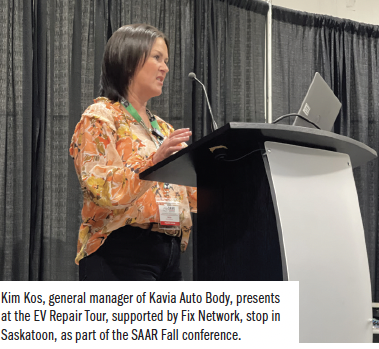
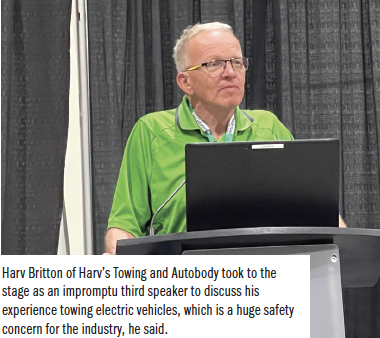
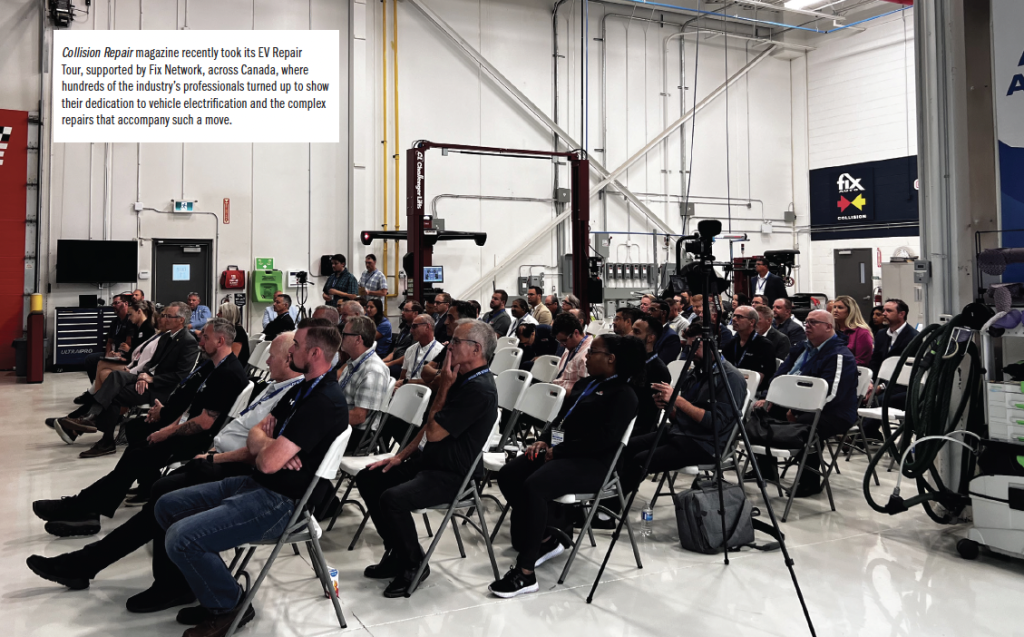
CALGARY
Electric vehicles do not pose a threat to the collision repair industry–they present a wealth of opportunity.
That’s what EV expert David Giles–EV education product specialist and curriculum developer for Consulab and the president of Powered EV training and consulting–told audiences at the Calgary, Alta., stop on Collision Repair magazine’s EV Repair Tour, supported by Fix Network.
While lots of shops may currently be turning away electric vehicles because they do not know how to work on them, Giles asserted that this needs to change and having an awareness of the necessary tools, service information and training is the first step.
For Ben Hart, auto body technician instructor at the Southern Alberta Institute of Technology (SAIT), the fear-mongering surrounding the adoption of electric vehicles can be easily mitigated through one simple strategy—research.
Hart further outlined how the collision repair industry mainly deals with repairing the bodies and structures of vehicles, and this is something that both electric and ICE vehicles share.
Just like an EV vehicle with damage to its battery, Hart noted how “if an ICE vehicle came in with a fuel leak, a collision repair centre would work to isolate it from other vehicles and be aware of potential fire risks.” Hart further noted how the industry often gets so caught up in the “stress” of high-voltage systems that it forgets that every vehicle has a 12-volt battery.
He added that not staying up-to-date on OEM information “isn’t an option,” and checking in with OEM data “isn’t something that (collision repair centres) do once in a while.” Cecile Bukmeier, chair of the Northern Alberta Insitute of Technology (NAIT) autobody program, emphasized that “technicians are “not just panel beaters and painters anymore,” and there’s an increasing skills overlap required in the industry as vehicles become more sophisticated.
“[Automotive educators] are only responsible for 20 percent of a student’s training,” she said. With most learning acquired by the industry, it is thus the industry’s responsibility to speak up on curriculums when able. For Laura Whittle of Certified Collision Care/Assured Performance Network, “it is important to lean on each other in the industry,” and to rely on different industry members’ specializations to continue moving forward.
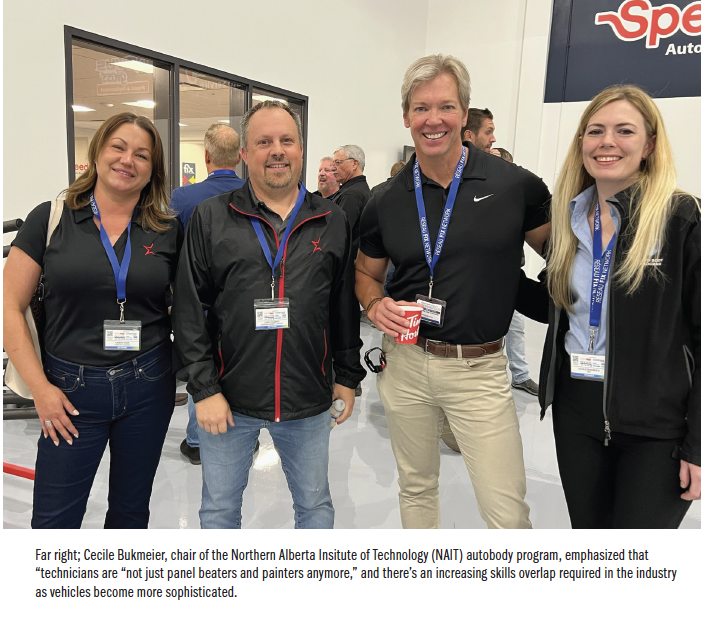
CALGARY KEY TAKEAWAYS:
Electric vehicles aren’t that different, or new. Treat them similarly—but never the same. A licensed repairer will be able to fix them effectively and safely—so long as you follow the OEM procedures at all times, always. We all need to work together as an industry to ensure these vehicles are repaired to pre-accident condition in safe, proper ways, with individuals with the proper credentials and understanding.
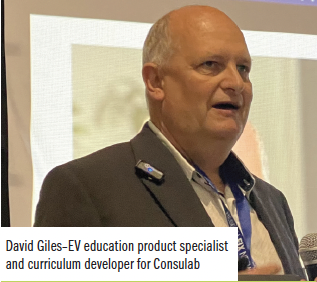
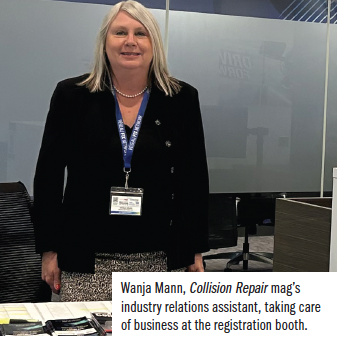
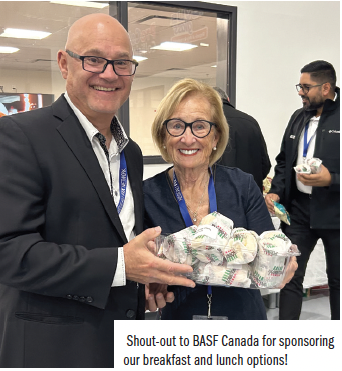
VANCOUVER
There are a lot of safety precautions required when a collision repair shop sees an electric vehicle. And, on that note, there are bits and bobs of safety tools you’ll be required to keep around your shop, from high-voltage gloves and safety suits to insulated footwear and hand tools; battery lifts, insultations testers…the list goes on.
Steve Elder and Jim Berladyn, two instructors with the EV Service program at the British Columbia Institute of Technology (BCIT) focused on safety during their talk at the Vancouver EV Repair tour stop. They delivered stories of EV fires—which can ignite hours, even days post-collision—and the long, long list of precautionary safety measures a shop should be trained in before they put their hands in the EV market.
A Vancouver panel consisting of Wade Bartok and Connor Jameson of CSN Elite, CSN Elite Xpress and OkTire North Shore; Scott Waddle of Precision Auto Service and Josh Charlton of Pro Auto Recyclers concluded that EVs are a hefty project to take on, but the rewards can be grand if your business remains committed.
There are plenty of things to consider when taking EVs into your shop. Working with insurers and making coherent claims on these new technologies can be a daunting task. After all, there are a lot of different procedural considerations on EVs—and not in the high-voltage areas you may be thinking. Many Tesla repairs require three-stage refinishing—add that to the bill—among other line items. They add up on the estimate but, if you ask the automaker, they are required. Shopowners remain perplexed by this problem and await progress amid ongoing conversations. Another consideration that few shops may expect is pushback from all your employees.
Despite all the talk that engaged, excited employees will want to dive head-first into EV learning, CSN Elite’s own team saw some pretty significant pushback across the board. Thanks to Bartok and Jameson’s leadership, progress was made when one tech joined the electric mindset, followed by another, and another, and so on. It’s all about dedication, perseverance and a passion for proper repairs.
Despite all of this, when asked if there is money in EVs, Bartok had but one word. “Yes.”
VANCOUVER KEY TAKEAWAYS:
As a collision repair shop looking to take on EVs, there are headaches, but the rewards can be grand. Stay safe, acquire the proper equipment and training from trusted local partners, and you can reap significant rewards in the areas of profit, staff retention and more.
